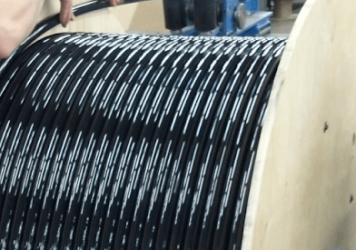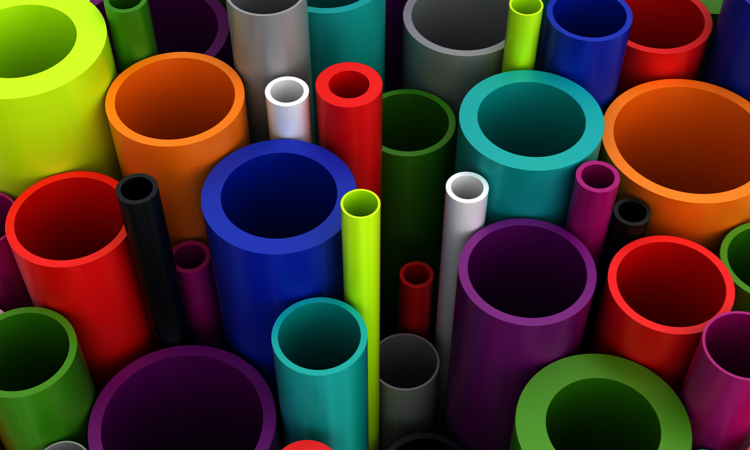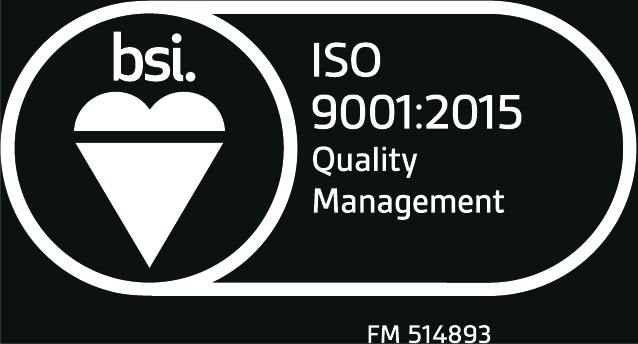
The Role of CAD & Prototyping in Custom Extrusion Projects
Custom plastic extrusion allows for highly specialized profiles tailored to specific applications across retail, industrial, and OEM sectors. But the success of any custom extrusion begins long before the plastic ever hits the die. It starts with smart design, and that’s where CAD (Computer-Aided Design) and prototyping play a critical role.
These tools bridge the gap between a concept and a finished product, helping ensure each part meets exact performance, fit, and aesthetic standards. Let’s take a closer look.
Why CAD Is Essential in Extrusion Design
CAD software enables engineers to create precise digital models of a custom extrusion profile. These 2D and 3D models serve as the blueprint for tooling, production, and quality control. But more than just visualizing the part, CAD allows for in-depth analysis of how a design will behave during and after extrusion.
With CAD, designers can:
- Define exact dimensions and wall thicknesses
- Add key features like snap fits, grooves, or channels
- Run tolerance analyses to ensure proper mating with other components
- Simulate how materials will flow through the die
- Avoid design pitfalls like uneven cooling, shrinkage, or material stress
Because extrusion is a continuous process that depends on consistent cross-sectional geometry, CAD modeling helps identify and eliminate issues that could impact production efficiency or product performance.
Turning Designs into Reality with Prototyping
Once the CAD design is approved, the next step is prototyping. This stage brings the digital model into the physical world, allowing engineers and customers to evaluate form, fit, and function before committing to full-scale production.
There are typically two types of prototyping in extrusion projects:
3D Printed Prototypes
For early-stage concept testing, 3D printing can quickly produce a physical model of the profile. While the material and manufacturing process differ from actual extrusion, 3D printed prototypes are valuable for checking how a part fits with other components or integrates into a larger assembly.
Extruded Prototypes from Sample Dies
For more advanced testing, an actual extrusion prototype is created using a trial or production-quality die. This approach delivers the most accurate representation of how the final part will look, feel, and perform. It also allows for real-world testing of physical properties like flexibility, durability, or resistance to heat and chemicals.
Prototyping helps identify design flaws, reduce costly rework, and shorten lead times by refining the extrusion profile before production runs begin.
Accelerating Product Development
When CAD and prototyping are used effectively, the entire development cycle becomes faster and more efficient. Changes to a digital model can be made in minutes, rather than days or weeks, and physical prototypes allow teams to make informed decisions early in the process. This reduces the likelihood of errors, unexpected production delays, or material waste during full-scale manufacturing.
Custom Extrusion with Inplex
Looking for quality custom extrusion products and services? Inplex is one of the leading custom extrusion services in the US and has almost 60 years of experience. We pride ourselves on our ability to put the right talent and technology in place to perform the best possible job for our clients.
We own a 42,000 sq. ft. facility in Naperville, Illinois, that is temperature-controlled and features an environmentally friendly closed-loop water cooling system. If you have specific needs or questions, don’t hesitate to contact us!
Back to Blog



